Is SSD good for long term storage? Is SSD or HDD better for long term storage? What other devices are available for long-term storage? Read more similar topics on MiniTool Partition Manager website.
Is SSD good for long-term storage? This is a popular question among computer users for many years. And, the discussions around the topic are always hot online. Here, it will talk about this subject again. The difference is it will list the opinions of users in different situations: when the SSD is retired to the shelf and when the SSD is still in use.
Is SSD Good for Long Term Storage When Power Off (With No Use)?
Usually, if you want to keep anything for the long term, you tend to not use it frequently, so as the long-term data storage on SSDs.
1. SSDs are temperature sensitive. If you put it on a shelf of a storage room with high temperature, the memory charge that defines bits in flash will fade quickly over time. When the charge is gone, so is the data.
2. SSD’s speed and reliability are much relying on the firmware’s house cleaning work. Yet, when unpowered, the firmware is unavailable.
3. Without the moving parts (the arm or pointer), the magnetic head and the spinning platter (the disk itself) that are in HDDs, the SSDs are not vulnerable to head crash during shock. Also, they won’t be affected by the magnetic environment.
Is SSD Good for Long Term Storage While Be Active (In Use)?
Sometimes, you save data on a drive while still using it. When you put data on, by default, you want it to be stored permanently unless someday you won’t need them and you will delete them.
Especially, if your drive storing daily small files and operating system is an SSD, you will keep it in use for it is troublesome and expensive to get another SSD and make it as your system drive.
1. SSDs are weak in constant reads/writes, especially for installing auto-updating programs and other frequent read/write programs.
2. Since the SSDs make use of chips to store data while the chips can only be written for a certain number of times before they fail, there is great chance of SSD failure under too much writing work.
3. SSDs are temperature sensitive. Only in a certain range of temperature, can they remain in good condition for a long time. SSDs will generate heat while working; so as other components in the host case. If the heat can’t be dissipated effectively, the temp of the air in the case will increase and it may influence the lifespan of the SSDs as well as other elements.
4. SSDs store data on flash memory, which needs to be charged with electricity to keep the data stable. This is the reason that an OS SSD has no problem with the memory charge. It is refreshed each time the computer starts up. Yet, if the power is not stable or there is a sudden outage, the SSD will crash more likely.
5. SSDs are more durable than HDDs. And, SSDs have better performance than HDDs.
Is SSD Good for Long Term Storage Nowadays?
The above is the opinions and thoughts in the past several years. Then, the SSDs are not as popular and mature as now. With the development of SSD technology, SSD for long term storage in modern days is a good choice.
In summary of the above concerns, the most important factors that affect the lifespan of an SSD are the temperature, the read/write frequency and the power charge. Then, it will focus on these three aspects in the below section.
Temperature
Usually, manufacturers will take data retention either as part of the specification or as part of a drive warranty. The JEDEC (Joint Electron Device Engineering Council) Solid State Technology Association sets the industry standard at one year for consumer drives.
There is a JEDEC SSD Specifications Explained presentation in which it analyzes how temperature influences the lifespan of an SSD. This specification is created by Alvin Cox, who is the chairman of Seagate.
According to Alvin, in general, the time that data is retained on some SSDs when not used is halved every 9°F (or 5°C) rise in temperature.
In detail, there is a chart that shows how many weeks the data retention on an SSD can last while working and powering off at different temperatures.
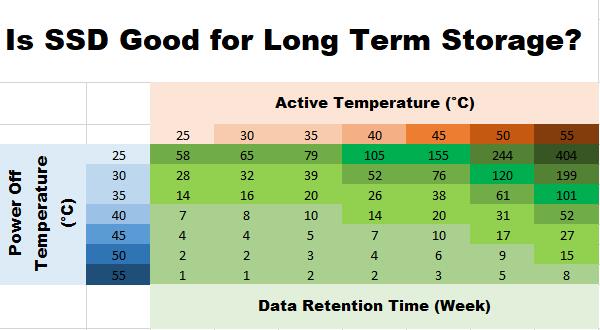
For this chart, you can see that while working, within the normal temperature range from 25°C to 55°C, the lifespan of an SSD increases (from 58 weeks to 404 weeks) with the increase of temp. While, when powering off, the data retention time is inversely proportional to the temp.
If an SSD commonly works at a temperature of 40 °C while staying in an environment of 25 °C when power off, it is expected to last 105 weeks (about 2 years). Yet, if the SSD keeps working in the same temp of 40 °C while the temp when power off increases 5 °C and reaches 30 °C, its data retention period halved to 52 weeks (around 1 year).
Overall, it is free of worry for data retention of an SSD in a normal client environment. The SSD tested is already exceeded its endurance temperature. Thus, for a new drive, data retention is comparatively higher. Is SSD good for long term data storage? Yes!
Read and Write Frequency
Still, nowadays, every SSD has a limited write cycle number. Yet, the limitation is not a limit to SSD usage. Unless you will keep writing tens of GB of data a day, and every day for several years, you will not reach the limit on the write cycles.
Yet, even though you put the SSD to serve in a data center that may reach the write cycle limit of it, its memory will become read-only, but its data are still there and stay accessible.
Memory Charge
Just as mentioned in the above content, the memory charge is necessary for data retention. However, if you take the SSD out of your host case and put it on a shelf in your storage room, the memory charge will fade. When the charge is gone, so is the data.
The length of time before the memory charge dried up is undetermined for SSDs are temperature sensitive. The only thing we can know is that the higher the temp in the storage room is, the faster the memory charge will fade.
Summary: Is SSD Good for Long Term Storage?
Under normal usage, is SSD good for long term storage? Of course!
SSDs are reliable when inserting into the machines, it is regularly powered on and is not left unpowered for a long time. So, for SSD long term storage out of the computer, it is not recommended. If you want to take an SSD as the long-term storage device on the shelf, you should store it in proper temp, and power it on regularly for the firmware to do house-keeping work.
And, as for the high price of an SSD, it is not wise to make it store data for a long time on the shelf.
How to Treat SSD and Make It Capable of Long Term Storage?
Though modern SSDs are more endurable than in old times, it is still necessary to treat it properly to keep it in good condition. Most importantly, only you use the SSDs in the right way, can they be capable of long-term storage for your crucial data.
Keep SSDs in Proper Temperature
Since SSDs are temperature sensitive. So, you’d better keep it working in a comparatively stable temperature, neither too hot nor too cold. Since an SSD will produce heat while working, it is of great necessity to get a good heat dissipation system. You can acquire either a fan or a liquid cooling system to help the SSD get rid of the heat as quickly as possible.
If you keep your SSD without using it, you are recommended to put it into good condition, no big fluctuation in temperature, better in a dark environment and not too humid.
Active SSDs Regularly
If your data SSD is not in use for usual, it is recommended to occasionally plug the drive into your computer and read the data simply to ensure that the electric fields stay as strong as possible. This method is also useful for HDDs.
Therefore, when treated properly, the answer for the question is SSD good for long term storage is yes.
Other Devices Capable for long term storage
Besides SSDs, there are still many other storage devices that you can rely on for long-term data storage.
External Hard Drives
Generally, external hard drives are the usual choice for data saving either for a long time or temporarily. The common external hard disks are HDD and SSD.
Tapes
Magnetic tape is available in very large capacities. It is removable, so it is easy to store and handle. Yet, tapes can stretch and break and they are easy to be erased by magnetic fields. Moreover, it is expensive, complex and slow. It is not suitable for personal use.
Optical Devices
The common optical storage devices are CD, DVD and Blu-ray. In the past, they are used for software or movie delivery. They are unsuitable archival media. Yet, there are still optical discs that are handiest archival media available to consumers.
NAS (Network Attached Storage)
NAS is a file-level data saving server connected to a computer network. It enables data access to a heterogeneous group of client computers.
Online Storage/Cloud Drives
Nowadays, most computer users have more than one cloud drives as their online storage. The top three cloud drives are Google Drive, Microsoft OneDrive and Dropbox. Due to their popularity, many big enterprises have developed their online cloud drives. For example, Apple invited iCloud and Amazon created Amazon Simple Storage Service (Amazon S3).

Is SSD Good for Long term Storage? Yes, But Please Backup Data Anyway!
All storage eventually fails, including SSDs, HDDs, tapes, CDs/DVDs, etc. Therefore, to ensure the security of your irreplaceable data or preserve OS that is stored on those devices, you are recommended to make a backup of them, better with multiple backups and storing them in different physical locations.
Then, how to backup an SSD? You may think about manually copy the files or folders from the SSD to target devices. Yes, you can do that, but it’s extremely slow. And, if there is OS on source SSD, the simple copy and paste won’t work for the copied system won’t boot up. Luckily, you can quickly finish the backup task relying on the disk Copy feature of MiniTool Partition Wizard, which is a professional and reliable hard disk and partition manager.
Before starting, you should connect both source and destination drives into a working computer. Then, download and install Partition Wizard on the computer.
MiniTool Partition Wizard DemoClick to Download100%Clean & Safe
- You’d better not install Partition Wizard either on source drive or on the destination drive.
- Destination disk should be no small than the used space of source disk.
- The destination should not contain other data for it will be overwritten during the copy process.
Step 1. Launch Partition Wizard. In the main UI, right-click on source SSD and select Copy.
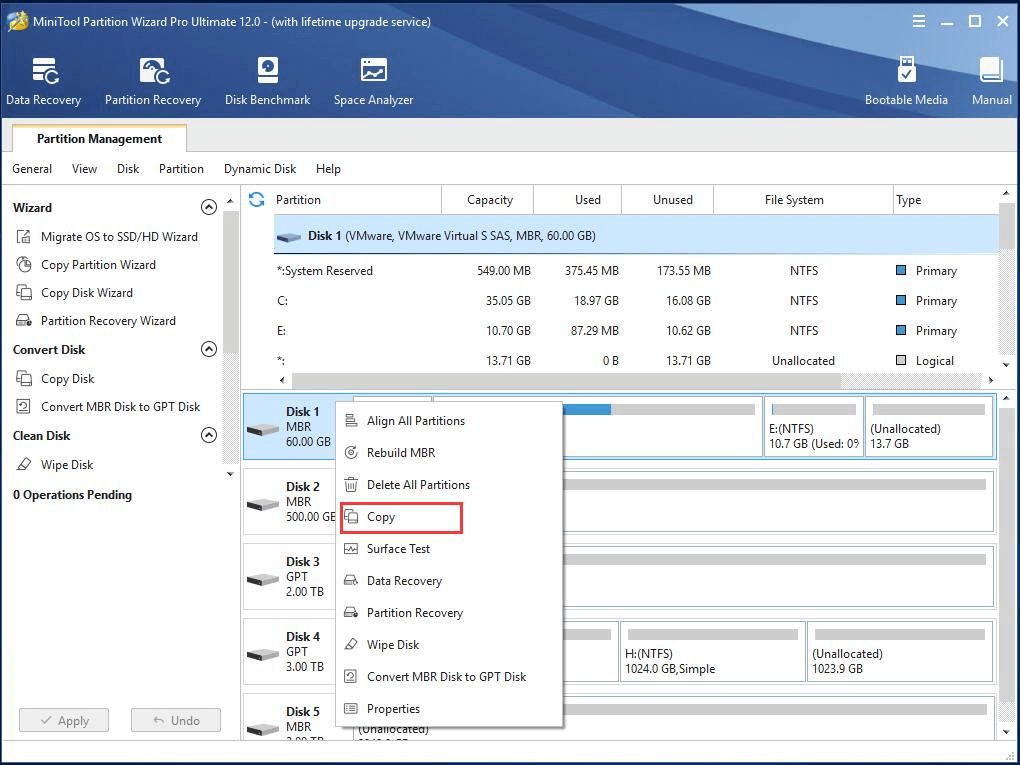
Step 2. Choose the destination drive as target place. Confirm the warning and click Yes > Next.

Step 3. Pick a copy option and click Next. Or, you can just keep the default settings to continue.
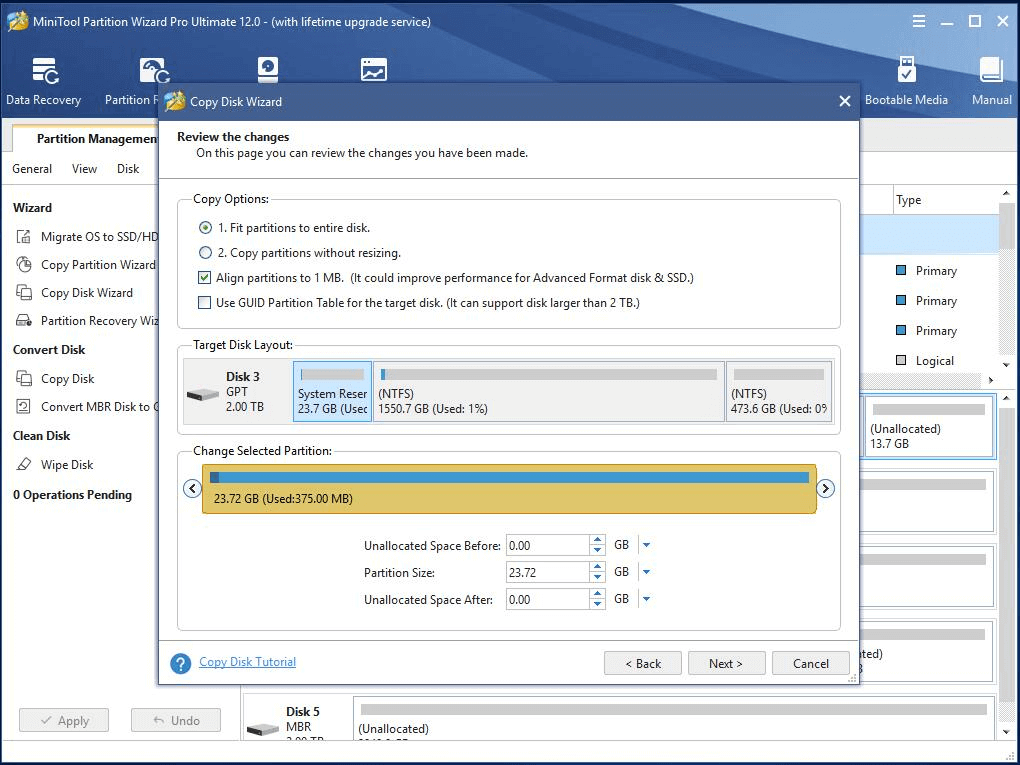
Step 4. Read the notification. Then, preview the changes and finally click Apply in the bottom left.
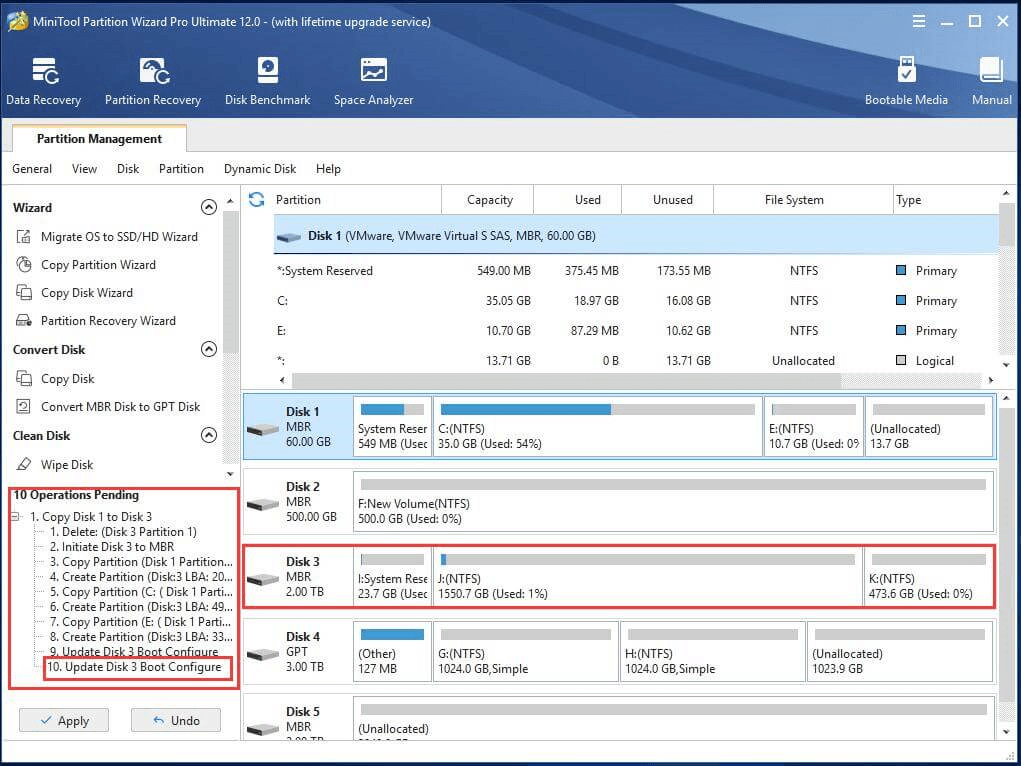
Now, you’ve successfully made a copy of your data on the SSD. If you want to make more backups, just repeat the above steps with another storage device.
Conclusion
All in all, SSDs are a great option for day-to-day storage over HDDs, yet, SSDs are not best long term data storage of power off. Anyhow, with the development of new technology, SSDs may be the best option for long-term storage both in use and without usage!
Is SSD Good for Long Term Storage FAQ
Yes, they can. Many SSDs fail prematurely due to intensive read and write. Yet, in the same situation, HDDs are less possible to fail. Even if they fail, they can still be usable for some degree of timespan.
Besides, when not in use, magnetic drives are more reliable for long-term storage than flash memory ones. Thus, HDDs are more capable of long time storage than SSDs when powered off.

![[Solved] Could Not Reconnect All Network Drives Windows 10/11](https://images.minitool.com/partitionwizard.com/images/uploads/2020/10/could-not-reconnect-all-network-drives-thumbnail.jpg)
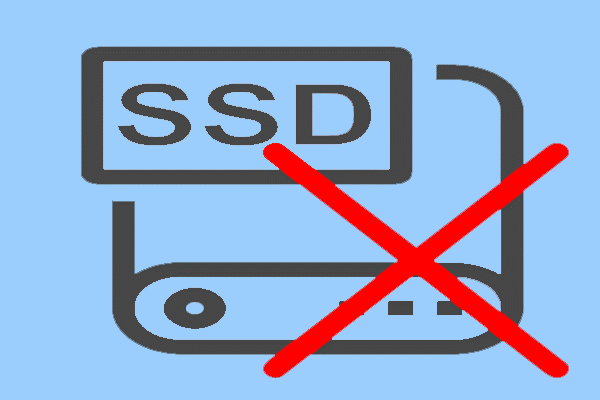

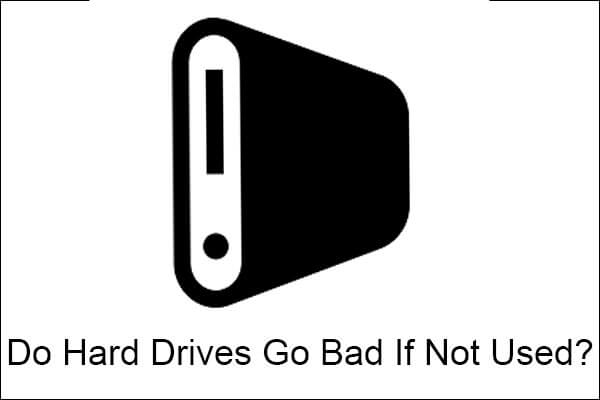

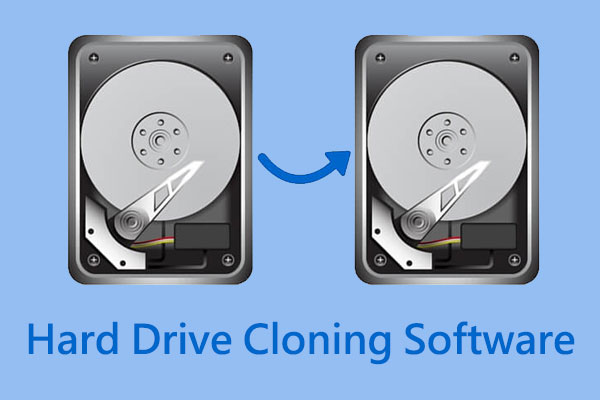
User Comments :